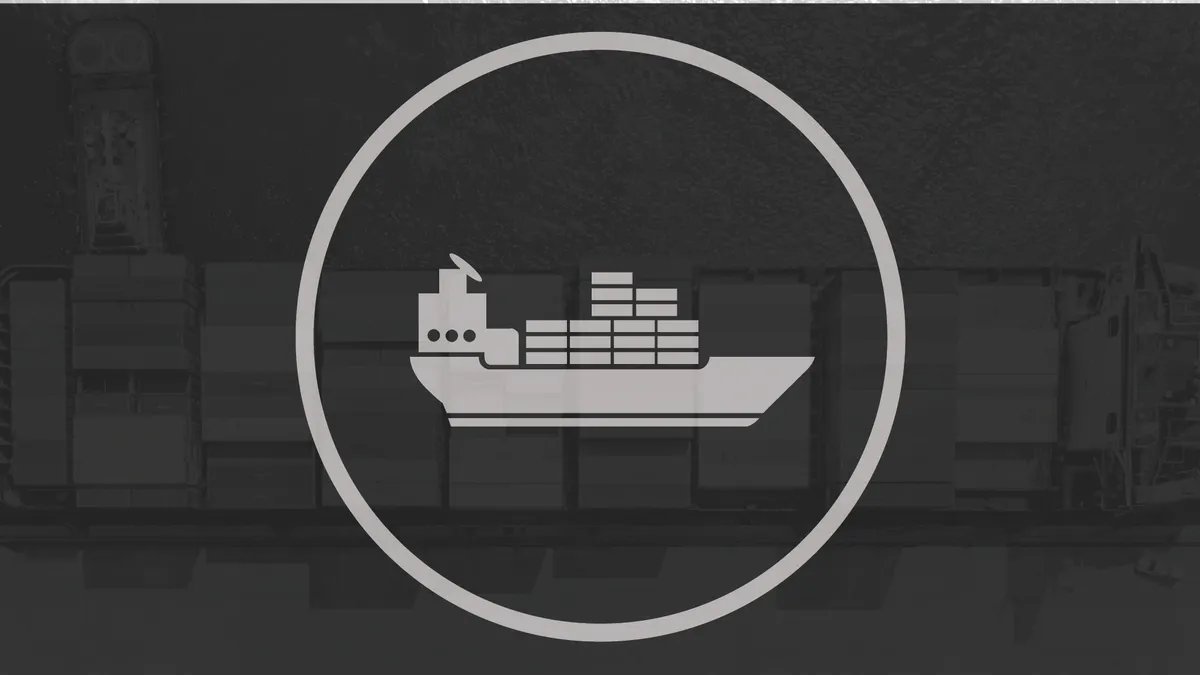Dive Brief:
- Rates on multiple ocean shipping lanes have swelled in the first month of 2021 and the Drewry World Container index has hit its highest point since 2011 at $5,340.30 per 40-foot container.
- Prices from China/East Asia to the North American West Coast have nearly tripled YoY — up 181% as of Thursday — but it has remained fairly flat through the first month of the year, according to figures from Freightos. Meanwhile, rates from China/East Asia to Northern Europe through the Suez canal have been steadily rising since November and are up 32% since the first of the year.
- The cost of shipping is increasing as ports around the world report record volume for December or even all of 2020. Loaded imports were up more than 23% YoY at the Port of Los Angeles in December, making it the second busiest December on record. And the Port of Antwerp in Northern Europe had its busiest year of all time in terms of container movement, with overall container throughput up 1.3% compared to 2019.
Dive Insight:
The seemingly constant increase in container rates over the last half of 2020 and into 2021 highlights just how overwhelming the demand is for ocean shipping at a time when carrier capacity is nearly maxed out. Shippers should consider booking their loads for spring now, to avoid issues later in the year, according to Flexport.
Figures from Sea-Intelligence show that there has been an increase in blank sailings to start the year, but capacity is still expected to be up in the last two weeks of January 21% and 34%, respectively.
The demand is so high that carriers are fully booked up to a month out and have yet to announce any major blank sailings for Lunar New Year, according to Flexport.
The tight market means that carriers have the pricing power for now, but shippers should be collecting information on rolled cargo and on-time performance that they can use in negotiations later this year, Flexport suggested.
Shippers could have some leverage in this regard, as supply chain disruptions have increased recently. The rate of rolled cargo at transshipment ports increased 37% MoM in December.
"With essentially all available capacity already active, industry observers agree that the situation is unlikely to improve until demand decreases, which may only happen once the pandemic is firmly under control," Freightos Group Research Lead Judah Levine wrote in an emailed note.
Hapag Lloyd said this month that it expects congestion caused by high-volume at West Coast ports to continue through February and other industry observers say its expected to continue into March.














